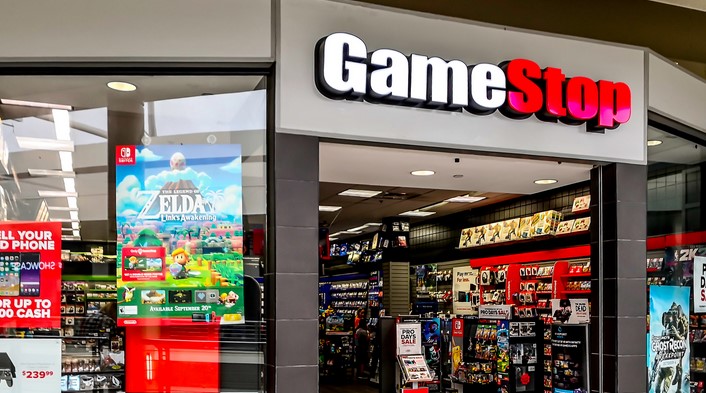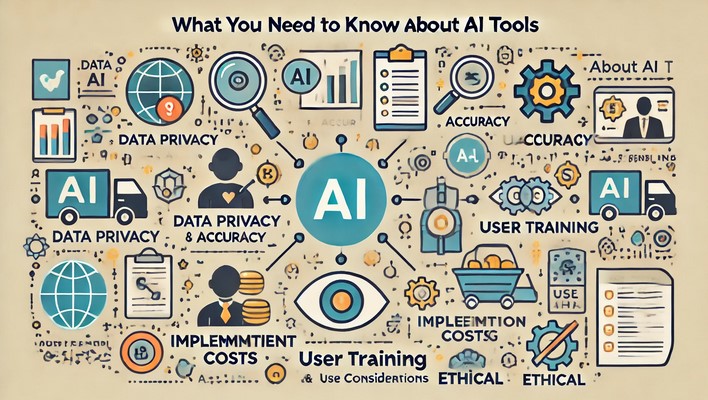
In an era where smart homes are becoming increasingly common, managing multiple remote controls for TVs, DVD players, streaming devices, and sound systems can be frustrating. Enter the universal remote—a practical solution to streamline control into a single device. Among the most popular options is the RCA universal remote, known for its affordability and ease of use. However, many users often wonder, “how to program a universal RCA remote?” Whether you’re replacing a lost remote or simply reducing clutter, learning this process allows you to regain control over your entertainment setup quickly and efficiently. Understanding how to program a universal RCA remote is the first step toward simplifying your home theater experience.
Understanding the RCA Universal Remote
Features, Models, and Compatibility
RCA universal remotes come in various models, including basic 3-device versions and advanced 8-device configurations. Each remote is designed to support a wide range of electronic brands and categories, including:
- Televisions
- DVD/Blu-ray players
- Streaming devices (like Roku, Apple TV)
- Audio systems
- Cable and satellite boxes
What makes RCA remotes especially appealing is their extensive device code database and flexible programming options. Depending on your model, you can use one of three methods to program your remote:
- Direct Code Entry
- Automatic Code Search
- Manual Code Search
Understanding your remote model and the device you want to program will determine which method is most effective.
Step-by-Step Programming Instructions
Choose the Method That Works Best for You
Let’s break down the three common methods for programming an RCA universal remote:
1. Direct Code Entry
This method requires you to have the 4- or 5-digit code for your device brand.
Steps:
- Turn on the device you wish to control (e.g., TV).
- Locate the code list for your RCA remote model. These are typically included in the manual or available on the RCA website.
- Press and hold the “Code Search” or “Setup” button until the indicator light turns on, then release.
- Press the corresponding device button (TV, DVD, etc.).
- Enter the 4- or 5-digit code using the number buttons. The indicator light should turn off.
- Point the remote at the device and press the “Power” button. If the device turns off, the code worked.
2. Automatic Code Search
If you don’t have the device code, use this method to scan for it automatically.
Steps:
- Turn on the device.
- Press and hold the “Code Search” or “Setup” button until the light turns on.
- Press the device button (e.g., TV).
- Point the remote at the device and press the “Power” button repeatedly (slowly) until the device turns off.
- Once the device powers down, press the “Enter” or “OK” button to save the code.
3. Manual Code Search
This is a variation of automatic search but gives you more control over the process.
Steps:
- Turn on the device.
- Press and hold the “Setup” button until the light stays on.
- Press the device button (TV, DVD, etc.).
- Press and release the “Power” button repeatedly until the device responds.
- Press “Enter” to confirm.
Making the Most of Your Universal RCA Remote
Beyond Basic Programming
Once you’ve successfully programmed your RCA remote, you can further enhance your experience with a few additional features:
- Multi-Device Control
- Macro Commands (on some models)
- Code Retrieval
Maintenance Tips
- Store the code list and user manual in a safe place.
- Replace batteries regularly.
- Reprogram the remote when upgrading devices.
Understanding how to program a universal RCA remote empowers users to take control of multiple devices with one streamlined solution. Whether you choose direct code entry, automatic search, or manual programming, each method provides flexibility depending on your available information and device type. By mastering this process, you can enjoy a more efficient, clutter-free home entertainment experience. So the next time you face the question of how to program a universal RCA remote, you’ll be equipped with the knowledge and confidence to get the job done smoothly.




